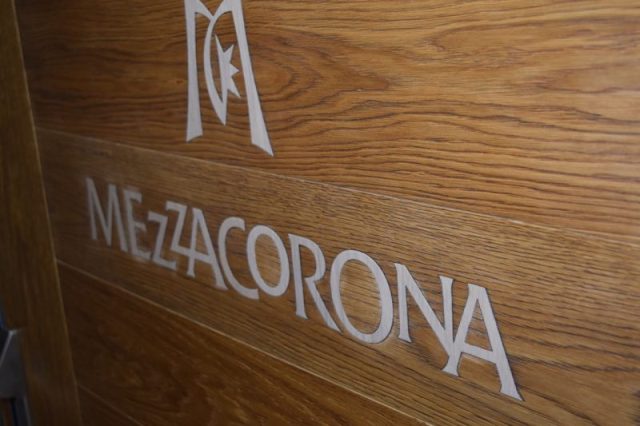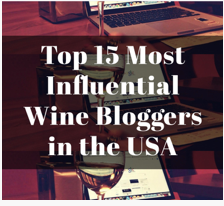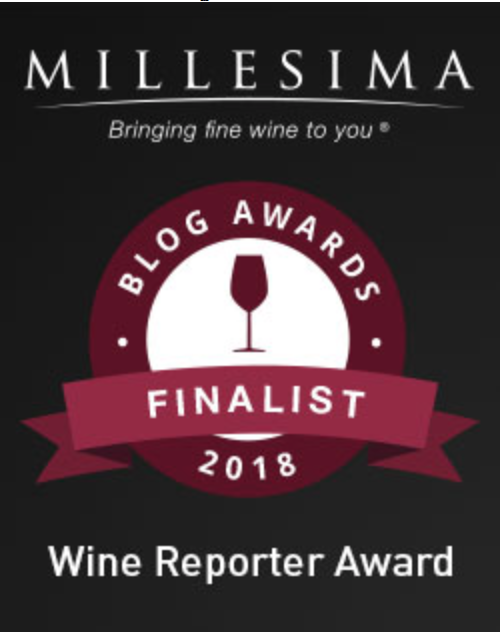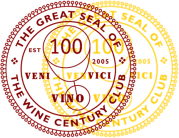A couple of weeks ago, I published my first article recounting a three-day trip I made to the Trentino region in Northern Italy. The first day started on the Southern end of the Lago di Garda among the majestic Dolomites. On the second day we left the lakeside hotel and drove up the coast of Lago di Garda and into the vineyards. The morning focused primarily on white wines and, after a visit to the winery, in the afternoon we shifted to red and the preeminent black grape in the region, Teroldego.
The drive up through the valley and into the vineyards is truly magnificent as the sheer mountain cliffs thrust leap out of the soil, bracketing either side of the floor of the Adige Valley which lies at close to 600 feet above sea level. Grape vines cover the valley, creeping up to over 2000 feet, tickling at the base of the vertical cliffs.
The valley is an agrarian region and land ownership, for the most part, is extremely fragmented with most farmers owning very small amounts of land. Yet no one ever sells their property, preserving the way of life for future generations. This also results in making the land in the area very expensive–often as much as some of the most expensive vineyard land in the world.
Due to this extreme fragmentation of the land, many farmers join together into co-operatives to share production costs and create better markets for their products. Mezzacorona is one such cooperative, started in 1904 when 26 farmers joined together. Over the last century, many other farmers (and a few cooperatives) joined the group, and today there are over 1,500 growers that make up Mezzacorona.

Our first tasting in the vineyards (under la pergola Tentino) with a grower family and Mezzacorona winemaker Lucio Matricardi (center).
Surprisingly, even shockingly, those 1,500 growers collectively own a total of just 3,000 hectares. A hectare is about 2.3 acres, so on average the growers in the co-op own less than five acres of land. (That is not a lot at all, if you were wondering).
Most of those vines are still trained to the pergola system, a traditional system of growing grapes, first introduced during the Roman period. While there are many that would claim that there are better vine management systems, Mezzacorona supports those growers who have maintained this traditional style of grape cultivation since not only has existed for thousands of years, but it would be prohibitively expensive for most of their growers to switch to more modern techniques.
Shortly after lunch, we headed to the winery, just outside of Trento, the region’s capital. The first two thoughts while on a tour of the facility: Mezzacorona is huge. And impressive. Mezzacorona buys 100% of the fruit from all of its growers and initially sold the wine in bulk, bottling none. Then in the 1970’s the cooperative started bottling wine as they saw the purchasers of the bulk wine making up to 40% more once they bottled it. Today, Mezzacorona still sells 40% of their wine as bulk, a nod to their roots as well as providing many wineries with what is needed to survive.
In all, the facility bottles over 40 million bottles annually, 25 million of which are for its own brands, 70% of which is white wine, 30% red. The five bottling lines on the property provide considerable versatility, enabling small lots to be bottled at 1,500 per hour, or up to 18,000 per hour for the larger productions.
The large scale also enables the winery to produce high quality wines at really reasonable prices while still paying their growers well. As the winemaker Lucio Matricardi put it: “We like to keep the wallets of growers and consumers happy.”
In the afternoon, we once again ventured out into the vineyard, this time to the farm of Señora Mirta whose family had been growing Teroldego, the most important red variety in Trentino, for centuries, and had been a part of the Mezzacorona family since shortly after it formed.

Lucio inspects a 250-year-old Teroldego vine.

Teroldego grapes on the verge of harvest.

Drinking Teroldego Reserve with Señora Mirta, and her adorable grandchildren.
Over the course of the day, two Teroldego wines really stood out:
2012 Mezzacorona Castel Firmian Teroldego Rotaliano Riserva: Retail 15€. Only avail in Italy. Rich and full blackberry fruit. Somewhere between blackberry jam and pie (with a side of ice cream). Would retail for about $19. That would be a steal and I think this would do very well in the US. On the palate plenty of fruit on the palate but still plenty of structure and tannin. Spice, tobacco. Outstanding. 91-93 Points.
2009 Mezzacorona Nos Riserva Teroldego Rotaliano: Retail $65. 2 years in barrel. Dark in the glass, Juicy and sweet with dark berry and chocolate. Fruit and acid attack the palate with some depth midway through. Finish is still juicy with some ample tannins. This is full, rich, and delicious. Really Outstanding, and worthy of a Whoa. 92-94 Points.
As incredible as the first two days were, there was a third day yet to come, and this one would focus exclusively on…bubbles.
To be continued….








Loved the article.
LikeLiked by 1 person
Thanks. Too kind!
LikeLiked by 1 person
The history of some of these older vineyards in Europe is just fascinating! Thank you for such great articles on them.
LikeLiked by 2 people
How do I deserve you as a reader?
LikeLiked by 2 people
I am heading to Lake Garda in September. Will definitely look into Mezzacorona as a potential stop!
LikeLiked by 1 person
BEAUTiful spot! Let me know and I will see if I can give you a name or two at Mezzacorona….
LikeLiked by 1 person
I had no idea about any of the history of the region. Fantastic read! Love the adorable grandchild.
LikeLiked by 1 person
I must have taken a couple dozen pictures of those kids!
LikeLiked by 1 person